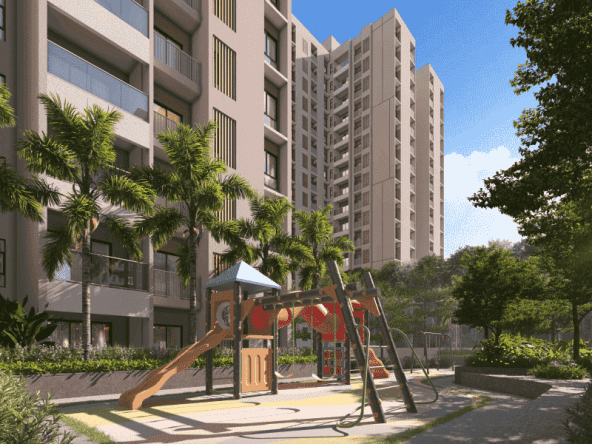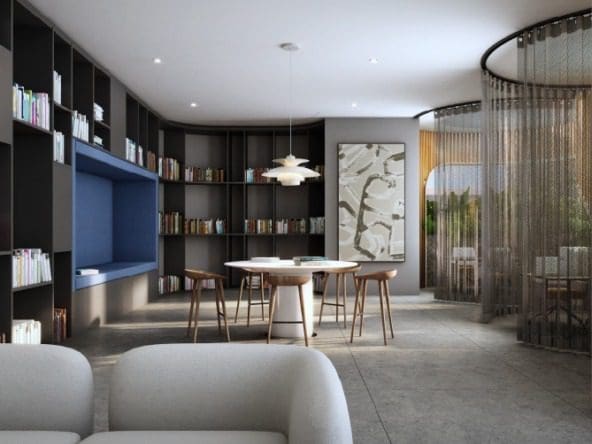Did you know that the house you live in or the building you work in might harm the environment? Traditionally constructed buildings produce waste and emit greenhouse gases that can take hundreds of years to be removed from the ozone layer. Terrifying, isn’t it? But that’s where the green building concept comes into the picture. Green building in India implies a sustainably constructed building with minimum harmful impact on the environment.
Currently, these buildings constitute less than 10% of the entire market share. But we need more green buildings, particularly in India, where the country is already facing many environmental issues.
India’s premier IGBC (Indian Green Building Council) controls green building certification and other relevant services – formed in 2001 by the Confederation of Indian Industry (CII).
Advantages Of Green Building
Constructing green buildings in the country comes with several environmental benefits, some of which are given below:
1 – Minimise the use of resources that are already scarcely available
2 – To make efficient and effective use of materials, water, land, electricity, and machines being used
3 – To produce minimum waste or no waste at all
4 – To generate an indoor environment for its residents which is healthy and improves their quality of life.
5 – Improve, and in a way, restore the environmental balance that has been disturbed by conventionally constructed buildings over the years.
6 – By using less energy and other resources, constructing green buildings also lowers operating costs.
Features Of Green Buildings
1 – Water And Energy-Efficient
Efficient use of resources is one of the most significant features of green buildings. The building should be constructed in a way that reduces carbon footprint massively. Generally, this includes rainwater harvesting techniques, solar panels used to produce electricity, optimum natural lighting during the day, and energy-efficient cooling or heat system.
2 – Use Of Renewable Materials
While constructing a green building in India, the use of renewable materials is given emphasis. Generally, materials such as fly-ash bricks, lime mortars, and timber composites are used.
3 – Trees, Trees All Around
Most green buildings are constructed with adequate space reserved for nature. That means there will be space for huge backyard and kitchen gardens, small farms for growing one’s food, and so on. Planting trees is good for the environment, but they also significantly improve the look of the space, which comes as a bonus for many people.
4 – Inculcating Strong Recycling & Composting Behaviour
The green building concept is not limited only to the building’s construction process. The residents are also involved in it, and they are encouraged to live a more sustainable and environment-friendly life. Thus, they are taught to recycle, reuse material, and compost waste. Also, sometimes workshops are organised on how to use these methods effectively.
Conclusion
The concept of green building isn’t new but has certainly gained momentum in the past few years. Exhaustion of natural resources, pollution, and rapid globalisation has harmed our environment; we must construct more green buildings in India to preserve and conserve whatever is left.



